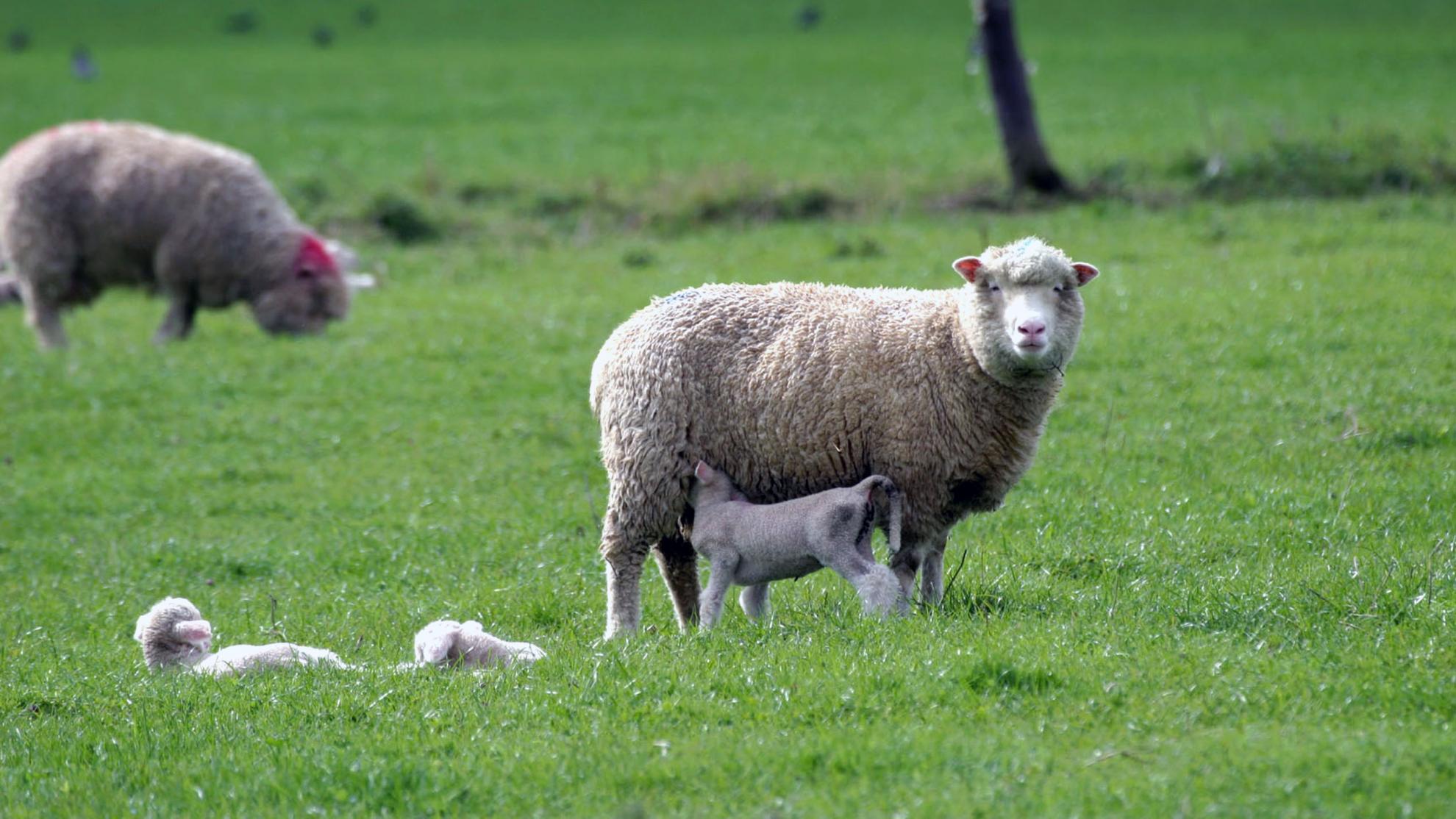A new model developed by scientists at The Pirbright Institute has enabled researchers to determine the method of transmission for bluetongue and Schmallenberg viral diseases for the first time, which they believe will significantly improve efforts to control disease outbreaks.
Bluetongue virus (BTV) and Schmallenberg virus (SBV) infect cattle and sheep, causing huge economic losses to farmers across the world - including northern Europe and the UK in the last decade. Both diseases are vector-borne, meaning they need another organism to aid transmission between animals (in this case Culicoides biting midges).
Until now however, it was unclear whether biting midges or the movement of animals made the most significant contribution to transmission. Experts in mathematical biology who study BTV and SBV at Pirbright, have created a model which can disentangle the methods of transmission responsible for spreading these diseases.
Preparation and prediction play a key part in control strategies implemented by governments, but this relies on having accurate models for calculating where and how quickly outbreaks can spread. In their paper featured in PLOS Computational Biology, Pirbright scientists used their newly developed model to establish that 90% of BTV transmission between farms is a result of midge dispersal, while for SBV it is 98%.
Dr Simon Gubbins, Group Leader for Transmission Biology at the Institute, said: “Previous models used to study the 2007 bluetongue outbreak in the UK were able to show how the disease spread, but were not sophisticated enough to determine the primary route of transmission which is crucial in helping to bring an outbreak under control quickly.
“Our new model is able to distinguish between disease that is spread through midge movement and through animal movement. For both viruses, we have shown that insect movements account for the majority of spread between farms. Animal movements play an important role in introducing disease to new areas, but they cannot sustain an epidemic on their own. Importantly, the approach we have established for BTV and SBV could also be applied to other diseases spread by biting midges”.
By enabling a better understanding of the impact of biting midges and animal movement in transmission, the model developed a Pirbright will help ensure national and international outbreak control strategies and procedures are better informed. It could also potentially change the way livestock movements are controlled and will enable more accurate predictions about the spread of an outbreak and where it would be best to vaccinate.
For over 40 years, Pirbright has played a crucial role in helping contain and stop outbreaks of BTV across the world, and is home to the EU Reference Laboratory for the disease. Experts from The Pirbright Institute played a major role in eradicating bluetongue from the UK in 2007, receiving and diagnosing virus samples, advising the government and supporting national vaccination and information campaigns; saving the economy around £485 million.
Pirbright also played a significant role in the last outbreak of SBV in the UK during 2011-12. Institute scientists identified the species of midge responsible for spreading the virus, monitored their populations to determine the risk of SBV transmission and worked with the Met Office to produce midge movement forecasts predicting the spread of the disease. There were several cases reported in the UK earlier this year and the Animal and Plant Health Agency (APHA) continues to monitor the situation. The National Farmers Union (NFU) is encouraging farmers to report calf deformities, as they can be a sign that SBV previously infected the mother.
This research work was funded by the Department for Environment, Food and Rural Affairs (project SE4209).
